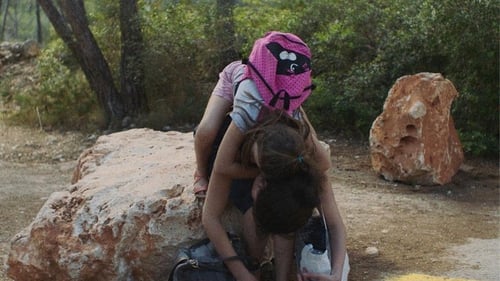
Director
In 1772, Englishwoman Mary Delany wrote to her niece: “I have found a new way of imitating flowers.” The imitation in question was the art form called decoupage, based on cut-outs and reshuffling of pictures. The charm and botanical precision of these works attracts attention of even today’s artists, among others by an anonymous programmer who is trying to invent a way of capturing the flowers’ vivacity in pictures. With this aim in mind, she has created an algorithm, which would combine science and beauty, similarly to Delaney’s efforts, whose illustrations it is meant to animate.

Color Grading
B., a film-maker and insomniac, decides to rescue his hours of insomnia from the void by filming his quest for sleep. The insomniac asks questions about these different states of consciousness and about the difficulties humans have in synchronising their social rhythms and biological ones.

Colorist
Juste un Mouvement is a free take on La Chinoise, a Jean-Luc Godard movie shot in 1967 in Paris. Reallocating its roles and characters fifty years later in Dakar, and updating its plot, this new version offers a meditation on the relationship between politics, justice and memory. Although not anymore alive, Omar Blondin Diop, the only actual Maoist student in the original movie, now becomes the key character.

Color Grading
Jeanne take her daughter for the week-end in Majorque. While everything goes to rack and ruin, mother’s only concern is to photograph Kiki, the classroom mascot.

Color Grading
What is it like to be young and grow up on a reserve? Focussing on music lessons, the film reveals the complex relationships that Indigenous youth can have with their “white” teachers. How can two cultures come together? A question the film asks, while inviting us into the private worlds of three Atikamekw teenagers, Myrann, Wapan and Seskin, who are trying to build their future and find a place in this world.

Production Design
The doors of the abandoned Raverdy coffee and chicory factory remain closed, just like everything around it. The director – herself a descendant of the Raverdy family (and expecting her first child) – goes in search of the stories behind this sealed-off part of the city. She moves in with her 91-year-old grandmother, who lives over the road. Piece by piece, she is able to reconstruct events leading up to the factory’s closure, using old photos, advertising brochures, myths, language games, conversations with her grandmother and former female factory workers. These memories unfold through different storylines. The factory’s surroundings are explored through a poetic film style, and the history of the nunnery next to the factory is also revealed. This sensitive film is a reflection on the invisible and the forgotten, revolving around women and the changing body.





